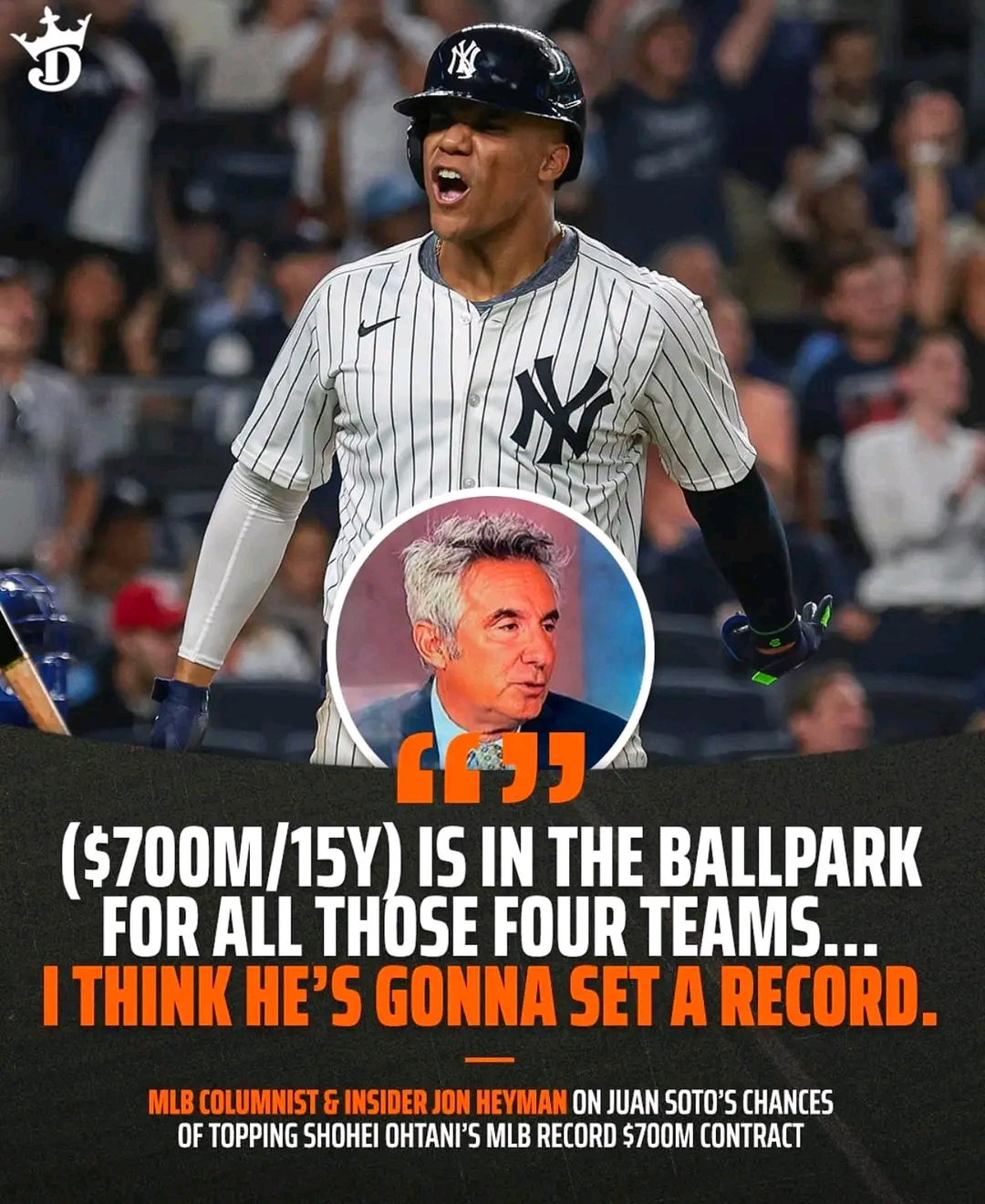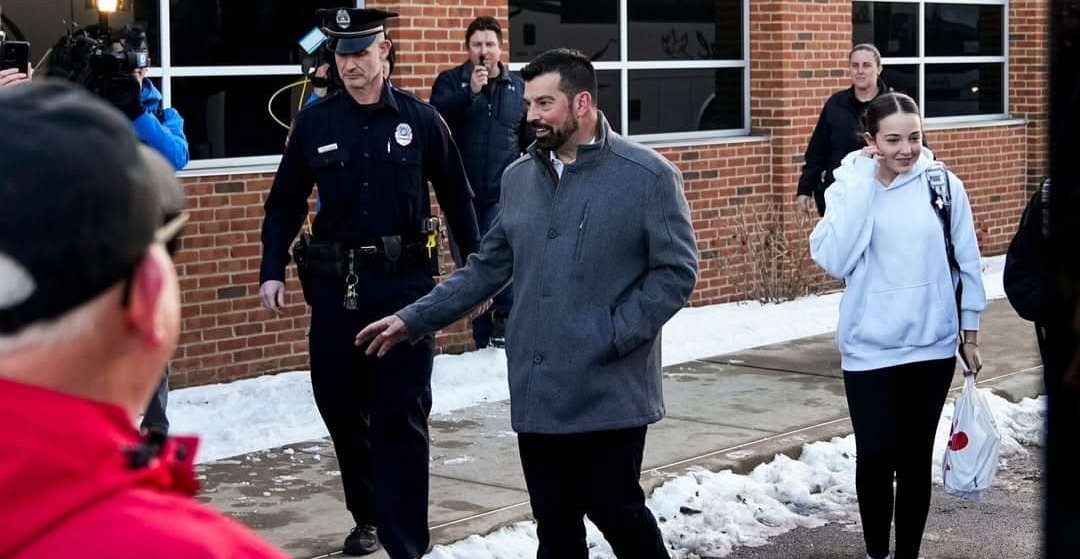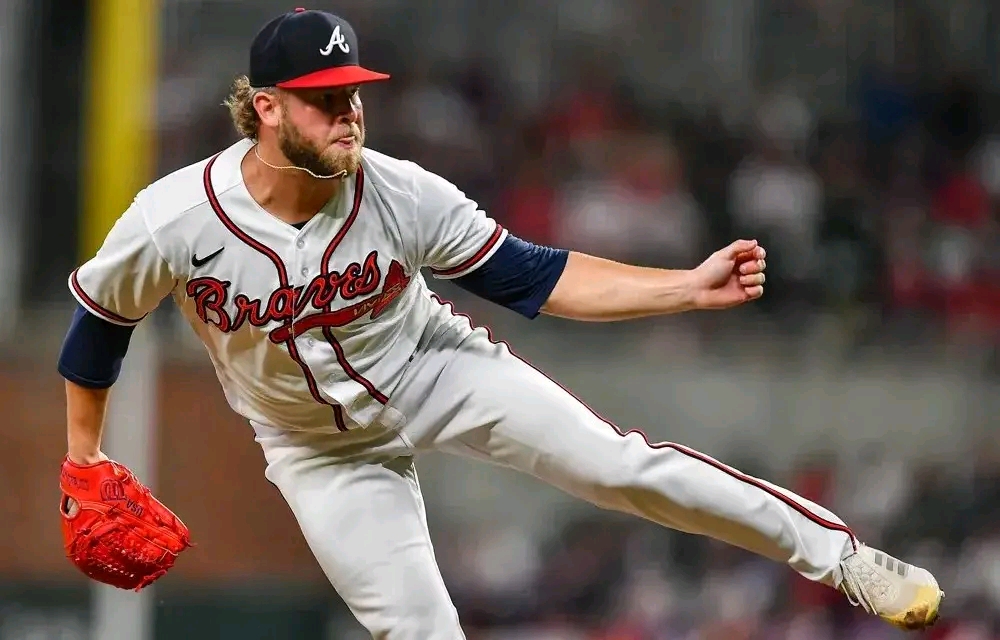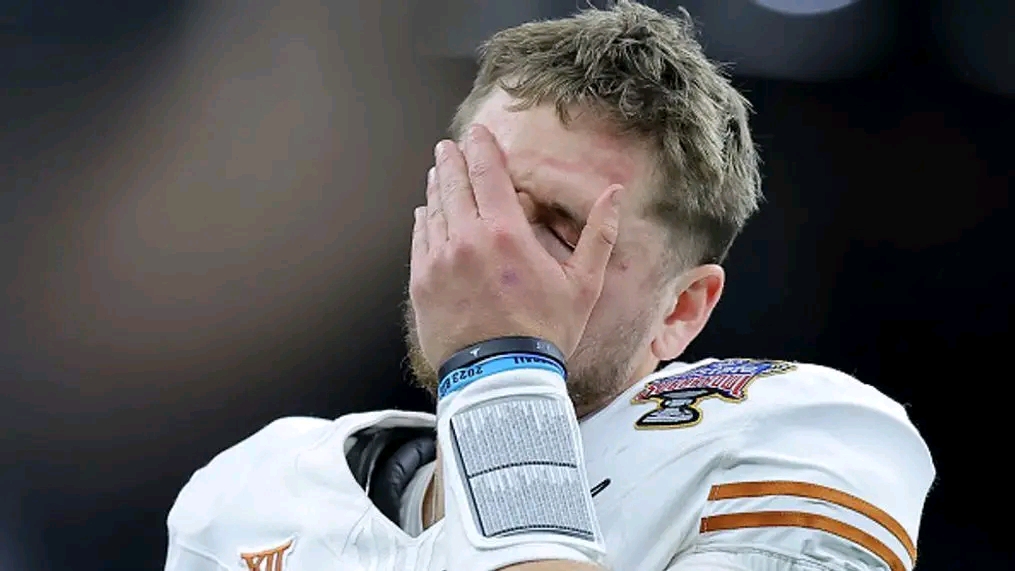$700M+ over 15 years sounds insane for a guy who bats .285 and averages 30 homers a year.
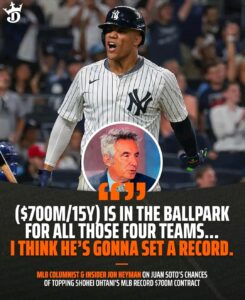
He gets on base more than anyone in baseball however his defense is shaky.
We all see what he does in the big moments of the game, he’s very clutch.
What are your thoughts?
The $700M+ contract offer for a player who bats .285 with 30 home runs a year seems, on the surface, to be an eyebrow-raising number. However, this figure involves more than just looking at basic stats like batting average, home runs, and fielding percentage. The decision to offer such a staggering amount of money is a combination of the player’s total value—across offense, defense, and intangibles—along with market forces and business decisions that go beyond raw performance. Let’s break it down.
1. Offensive Value Beyond the Surface Numbers
At first glance, a .285 batting average and 30 home runs may seem like numbers that belong to an above-average player, but they don’t necessarily reflect the player’s full offensive value. For starters, batting average can be misleading. In the modern game, on-base percentage (OBP) is considered a much more important metric because it more accurately measures a player’s ability to contribute to the offense, especially in terms of getting on base for other hitters.
From your description, this player has a reputation for being the best at getting on base, likely leading the league in OBP. This is incredibly valuable, because getting on base is often just as important—if not more so—than traditional statistics like batting average. Players with high OBPs keep innings alive and set the stage for others in the lineup. While the batting average might not be elite, an on-base percentage that outpaces everyone in baseball shows a level of discipline and consistency at the plate that cannot be understated.
The 30 home runs per season, combined with a strong OBP, suggests the player is an ideal middle-of-the-order hitter, a consistent run producer, and someone who can change the dynamic of a game with a single swing. A player who hits .285 with 30 homers and walks at a high rate would likely be a candidate for MVP consideration year after year. In today’s game, power hitters with plate discipline are seen as cornerstones of any lineup, making this player an essential asset to any team willing to invest in his services.
2. Clutch Performance and Intangibles
This player’s ability to perform in high-leverage moments, what we often call “clutch” performance, adds an intangible value to the contract that isn’t reflected by the numbers alone. It’s widely known in sports that some players elevate their games when the stakes are the highest. Whether it’s a walk-off home run, a key RBI in a must-win game, or consistently coming through in the postseason, players like this become more than just contributors—they become the face of the team and the player fans expect to deliver when the chips are down.
There’s a growing body of research that suggests some players do indeed outperform in high-pressure situations, and if this player is recognized for his ability to do so, he brings a level of value that transcends regular-season statistics. Clutch players often become the centerpieces of championships, and that kind of performance, if sustained, can justify higher pay, especially when you consider the marketability factor for the team.
This player’s reputation as a clutch performer could also make him a fan favorite, which directly impacts team revenue. Fans tend to flock to the stadium to see their hero deliver in the clutch. The ticket sales, merchandise, and additional sponsorships that come with a player who thrives in big moments can offset a considerable portion of his salary, making the contract more palatable from a financial perspective.
3. Defense and Its Impact on Value
You mentioned that his defense is shaky, which can be a concern. Defense, while sometimes undervalued, is a crucial aspect of a player’s total contribution to the team. A shaky defender can be a liability, especially if they are playing a premium defensive position like shortstop or center field. However, if this player’s bat is elite enough to offset his defensive shortcomings, the team might be willing to overlook those flaws.
In some cases, a team might be comfortable with a defensive liability if the player is contributing overwhelmingly at the plate. Take, for example, players like David Ortiz or Miguel Cabrera, whose defensive shortcomings were mitigated by their elite offensive contributions. If this player’s bat is strong enough, teams can either tolerate poor defense or choose to put him in a less demanding defensive role, such as designated hitter or a corner outfield spot, which would allow him to maintain his offensive value without being a huge liability in the field.
Furthermore, defensive metrics are not always static; they can improve over time, especially if the player is willing to put in the work. Teams may believe that with proper coaching or positional adjustments, his defense could improve enough to justify the price tag.
4. Market Dynamics and Timing
A contract offer that surpasses $700 million is not just about this player’s performance but also about market dynamics. In today’s Major League Baseball landscape, teams are willing to spend massive amounts of money on players who bring long-term value. While this contract offer may seem like an outlier, it is important to consider the ever-increasing salaries in the sport. The growing revenue from TV deals, sponsorships, and expanded digital content means that teams have more financial flexibility to make such offers.
Additionally, players like this one often become the centerpiece of a team’s brand. His name recognition, particularly if he has been a high-performing player for years, translates into significant off-the-field revenue. In markets where a team is trying to generate attention and sell tickets, having a star player who connects with fans is critical. This contract could be as much about positioning the team for future success—on and off the field—as it is about a player’s on-field contributions.
5. The Long-Term Investment
The fact that this contract is over 15 years is also significant. A long-term deal is not just about current performance; it’s about future projections. Teams are betting on this player’s ability to maintain his offensive production as he ages, as well as his ability to stay healthy and continue to be a marketable asset. While long-term contracts can be risky, they’re often worth the gamble when a player is as consistently productive as this one appears to be.
With modern medical technology and improved training regimens, players are able to extend their prime years into their late 30s. Given this player’s ability to get on base, which doesn’t rely as much on physical tools as power hitting does, there’s reason to believe he could remain highly productive for a longer period than expected. The combination of elite plate discipline and clutch performance suggests that this player could remain one of the top hitters in the league for much of the 15-year span.
Conclusion
While a $700M+ contract for a player who bats .285 and averages 30 home runs per year might seem excessive at first glance, it’s important to consider the full picture. This player’s elite ability to get on base, combined with his clutch performances, makes him more valuable than just his raw statistics suggest. When you add in the impact of market dynamics, future projections, and the possibility of improvements in defense or a shift to a less demanding role, this contract starts to make more sense.
In the end, baseball is more than just a collection of numbers—it’s about finding a player who can contribute in many ways, both on and off the field. And in today’s game, a player like this, who is consistent, clutch, and a fan favorite, is exactly the type of player who can justify a record-breaking contract.
